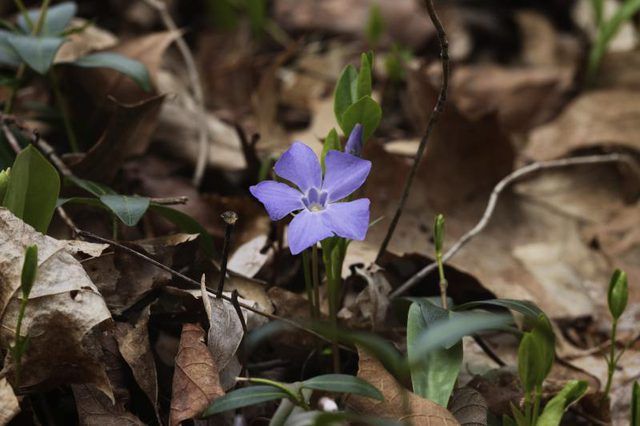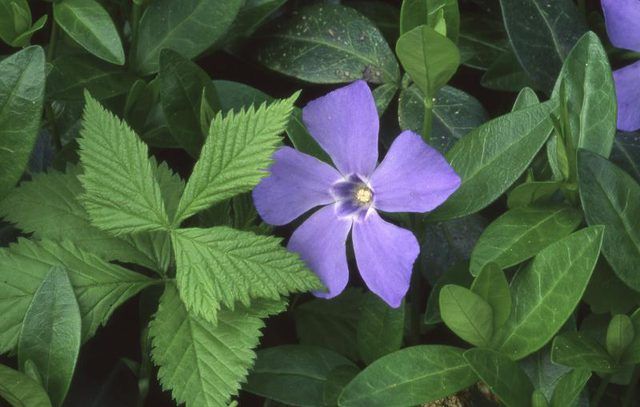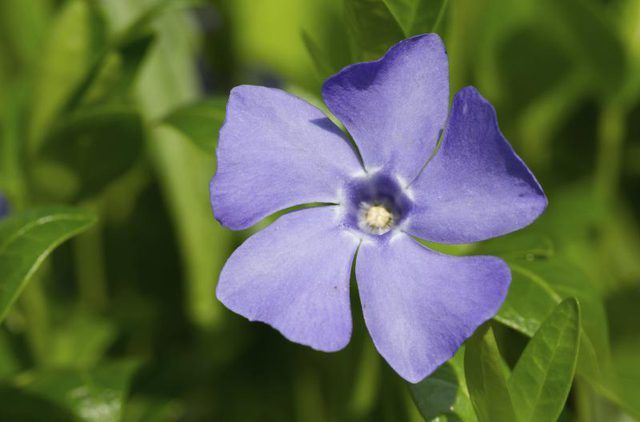Bulbs
Flower Basics
Flower Beds & Specialty Gardens
Flower Garden
Garden Furniture
Garden Gnomes
Garden Seeds
Garden Sheds
Garden Statues
Garden Tools & Supplies
Gardening Basics
Green & Organic
Groundcovers & Vines
Growing Annuals
Growing Basil
Growing Beans
Growing Berries
Growing Blueberries
Growing Cactus
Growing Corn
Growing Cotton
Growing Edibles
Growing Flowers
Growing Garlic
Growing Grapes
Growing Grass
Growing Herbs
Growing Jasmine
Growing Mint
Growing Mushrooms
Orchids
Growing Peanuts
Growing Perennials
Growing Plants
Growing Rosemary
Growing Roses
Growing Strawberries
Growing Sunflowers
Growing Thyme
Growing Tomatoes
Growing Tulips
Growing Vegetables
Herb Basics
Herb Garden
Indoor Growing
Landscaping Basics
Landscaping Patios
Landscaping Plants
Landscaping Shrubs
Landscaping Trees
Landscaping Walks & Pathways
Lawn Basics
Lawn Maintenance
Lawn Mowers
Lawn Ornaments
Lawn Planting
Lawn Tools
Outdoor Growing
Overall Landscape Planning
Pests, Weeds & Problems
Plant Basics
Rock Garden
Rose Garden
Shrubs
Soil
Specialty Gardens
Trees
Vegetable Garden
Yard Maintenance
How to Grow Periwinkle
How to Grow Periwinkle. Depending on where you garden, your neighborhood periwinkle may answer to many common names and be one of several species. Broadly known as vincas, garden periwinkles share similar leaves and starry, phlox-like flowers. But when it comes to hardiness, vigor and basic growing preferences, familiar periwinkles differ...
Depending on where you garden, your neighborhood periwinkle may answer to many common names and be one of several species. Broadly known as vincas, garden periwinkles share similar leaves and starry, phlox-like flowers. But when it comes to hardiness, vigor and basic growing preferences, familiar periwinkles differ significantly.

Often called lesser periwinkle or creeping myrtle, common periwinkle (Vinca minor) is hardy in USDA zones 4 through 9. This evergreen ground cover doesn't fuss at soil pH or type, but it thrives in consistently moist, well-drained, organic-rich soil. Full-sun locations boost spring flowering, but drier soil limits blooms and trailing growth. For sunny locations, keep soil moist with more frequent watering or expect slower spreading. Common vinca excels in moist shade where roots run fast and glossy foliage deepens in color. Stagger plants at 6-inch intervals for speedy coverage or with 12- to 18-spacing for large plantings.

Known as greater periwinkle, large periwinkle, blue buttons and vinca vine, bigleaf periwinkle (Vinca major) varieties may be hardy from USDA zone 7 through 11. The plant works well in hanging baskets and as a container accent in all zones. Like the smaller-leaved common periwinkle, this evergreen ground cover prefers shady locations and moist, well-drained soil. It tolerates heavy shade to full sun in direct proportion to soil moisture. Increase watering as needed in sunnier locations to keep soil evenly moist; bigleaf periwinkle doesn't withstand drought. Spaced at 8-inch intervals, plants cover small areas in a single season. Space plants 12 to 18 inches apart for large plantings.

Periwinkles are known for aggressive habits. Categorized as invasive in tropical zones, annual periwinkle self-seeds freely wherever grown. Common and bigleaf periwinkles warrant region-specific invasive status because of fast-spreading stems that root wherever they touch. In wet conditions within its hardiness zones, bigleaf periwinkle is the most aggressive. Fertilize periwinkles only if plants fail to thrive; added nutrients fuel invasive growth. If needed, fertilize in spring with 10-10-10 granular fertilizer at a rate of 6 to 8 pounds per 1,000 square feet. Wear protective clothing, including gloves and safety eyewear, as you broadcast granules, and avoid contact with exposed skin. Water the area well when finished so fertilizer begins its work.
